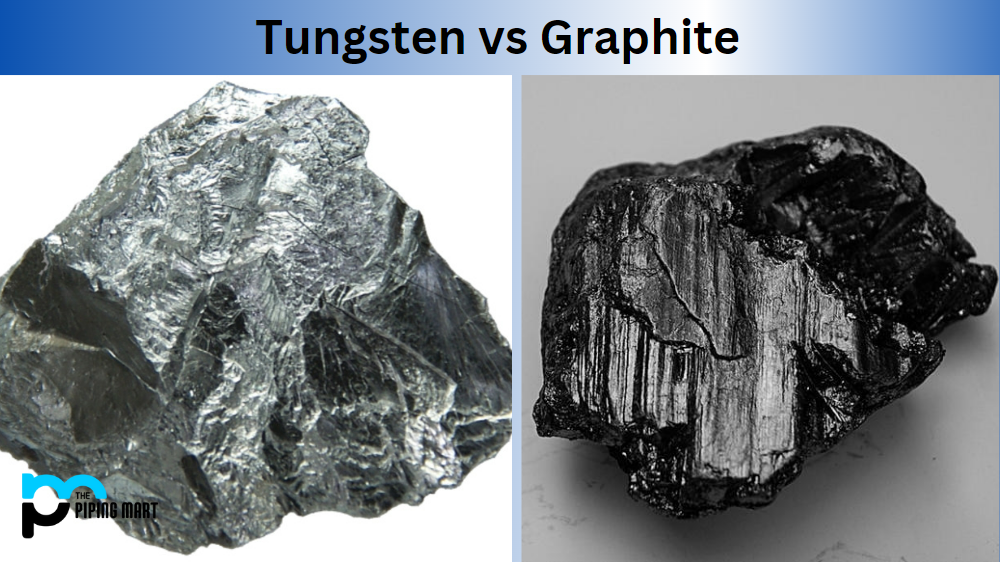Aluminum is a common element found in the Earth’s crust and is used in a wide range of applications. Ever wonder what the molecular weight of aluminum is? Or what its valency is? Or even what its density is? Let’s dive into all these questions and more in this blog post!
Molecular Weight of Aluminium
Aluminum has an atomic number of 13 and an atomic weight of 26.9815386 g/mol. This means that every single atom of aluminum, it has a mass of 26.9815386 grams per mole (g/mol).
Valency of Aluminium
The valency of aluminum is 3. Valency refers to the number of electrons an element can lose or gain when it bonds with other elements in order to become stable. In this case, aluminium can lose 3 electrons from its outermost shell when it bonds with other elements and thus becomes stable.
Density kg m3
The density of aluminum is 2,700 kg m3 or 2.7 g/cm3 at room temperature (20°C). The value increases to 2,800 kg m3 or 2.8 g/cm3 as the temperature increases to 100°C. Because aluminium is lightweight yet very strong, it’s primarily used in construction materials such as ladders, scaffolding, bridges, and aircraft, where strength-to-weight ratio matters greatly.
Conclusion
Aluminium has many useful properties that make it applicable to many industries. Its molecular weight is 26.9815386 g/mol; its valency is 3, and its density ranges from 2,700 kg m3 to 2,800 kg m3 depending on temperature variations from 20°C to 100°C respectively. Whether you need lightweight construction materials or are looking for something that provides strength-to-weight ratio benefits – aluminium should be your go-to choice! It’s no surprise why it’s so widely applied!

Meet Bhavesh, a seasoned blogger with a wealth of knowledge and experience. From metal products manufacturing to retail, Bhavesh has a diverse background in various industries and is dedicated to sharing his insights and expertise with readers.




